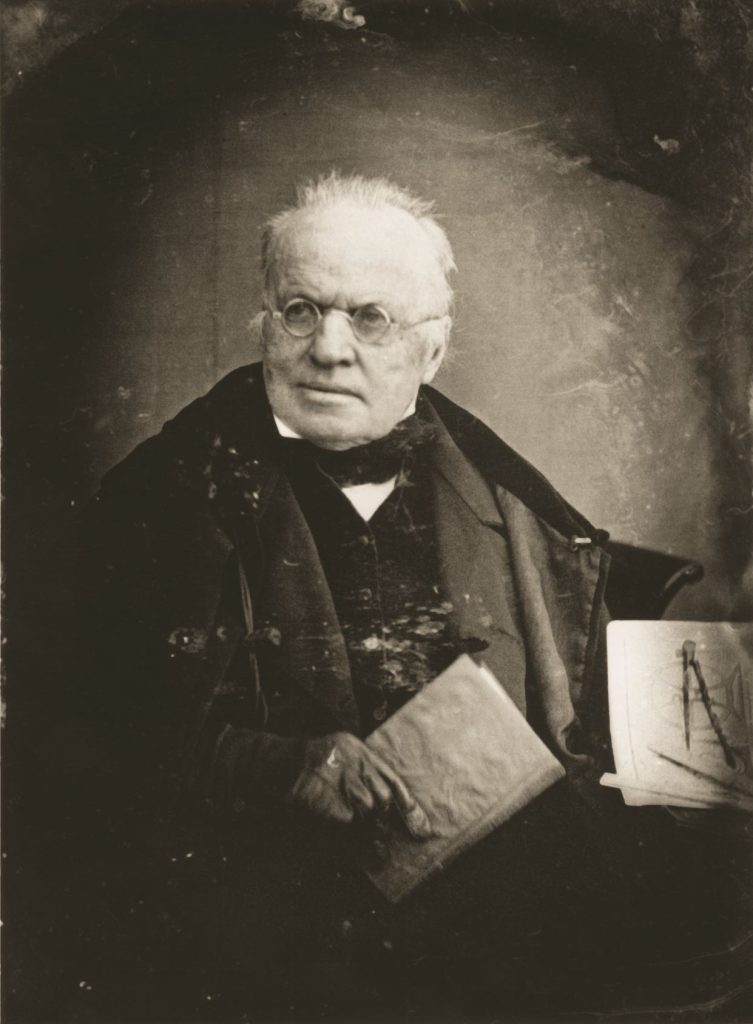As we come to the end of a second year of a global pandemic, it is interesting to look back at older epidemics and pandemics to see what elements of culture have been shaped by the effects of ravaging diseases. Sometimes the effects are direct and easily identifiable, such as the ending of serfdom in the United Kingdom following the mass deaths of the Black Plague. Other examples include a polio epidemic in Copenhagen leading to the invention of the ventilators and the American “roaring twenties” following the Spanish Flu pandemic of 1918. Anyone living in Britain for more than 6 months between 1980 and 1996 can’t donate bodily fluids or tissue due to Mad Cow Disease outbreaks during that time. Few people realize that an epidemic also led Marc Brunel to his groundbreaking machine-made pulley blocks invention and that these pulley blocks would eventually catapult him to his biggest accomplishment: the underwater Thames Tunnel.
In 1793, ten years after Britain recognized American independence in the Treaty of Paris, French aristocrat Marc Brunel fled his tumultuous homeland for the relative safety of the former colonies. When he arrived in New York City on 8 September he found a squadron of French ships sheltering in the harbour. Evidently, sailors from the squadron realized Marc’s nationality and threatened to hang Marc and his fellow refugees because of their “traitorous” politics. Thus, Brunel fled to the new nation’s capital of Philadelphia, where he hoped to find safety with the French émigré community from St Domingue (now Haiti).
However, Philadelphia was in the midst of a yellow fever epidemic that was decimating the city. Ten percent of the approximately 50,000 residents of the city would die between August 1st and November 9th of that year. Of the other 45,000 residents, nearly half would flee the city during the month of September. Because of this, Brunel left Philadelphia shortly after arriving. He contacted two Frenchmen he had met on his oceanic voyage, Pierre Pharoux and Simon Desjardin. Pharoux and Desjardins were hired surveyors sent to map out “Castorland,” a parcel of 2,00 acres of land owned by Alexander Macomb. Brunel joined Pharoux and Desjardins on 28 September in Albany, New York, just 20 days after arriving in the United States.
It was through Brunel’s connection with Pharoux and Desjardin that he would eventually meet Alexander Hamilton. While at a dinner party with Hamilton in 1798, Brunel had the idea to create a machine that would mass produce pulley blocks for use by the Royal Navy. This idea was so intriguing to Brunel that he asked Hamilton to help him get a passport for England, where Brunel hoped to have some success in creating his blocks. Thanks to Hamilton’s support, Brunel found himself headed to England in early 1799. His block making machine was successful, leading to further work with the Royal Navy. Eventually, his fame as an inventor and engineer would lead to him designing the Thames Tunnel.
It is impossible to know how the course of history might have bent had Brunel not sought to escape the epidemic raging in Philadelphia. Would he have died of yellow fever? If he had survived, would he have stayed in Philadelphia, becoming the city’s premier architect? Would Brunel have returned to England to marry Sophia Kingdom and begin work on his pulley blocks? Would we have the Thames Tunnel at all? We will never know how the Philadelphia yellow fever epidemic of 1793 shaped British history. In the same way, what world altering innovations will come from the COVID-19 pandemic?
This blog was written by Caitlin Renner, a volunteer for the Brunel Museum.

